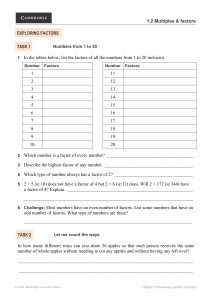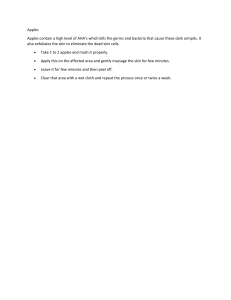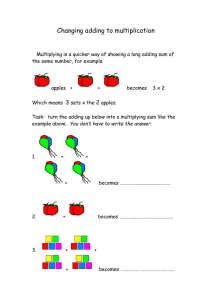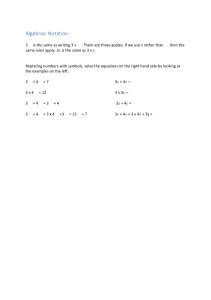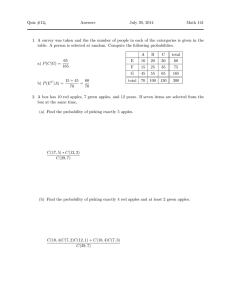Economics: Needs, Wants, Demand - Formative Assessment
advertisement
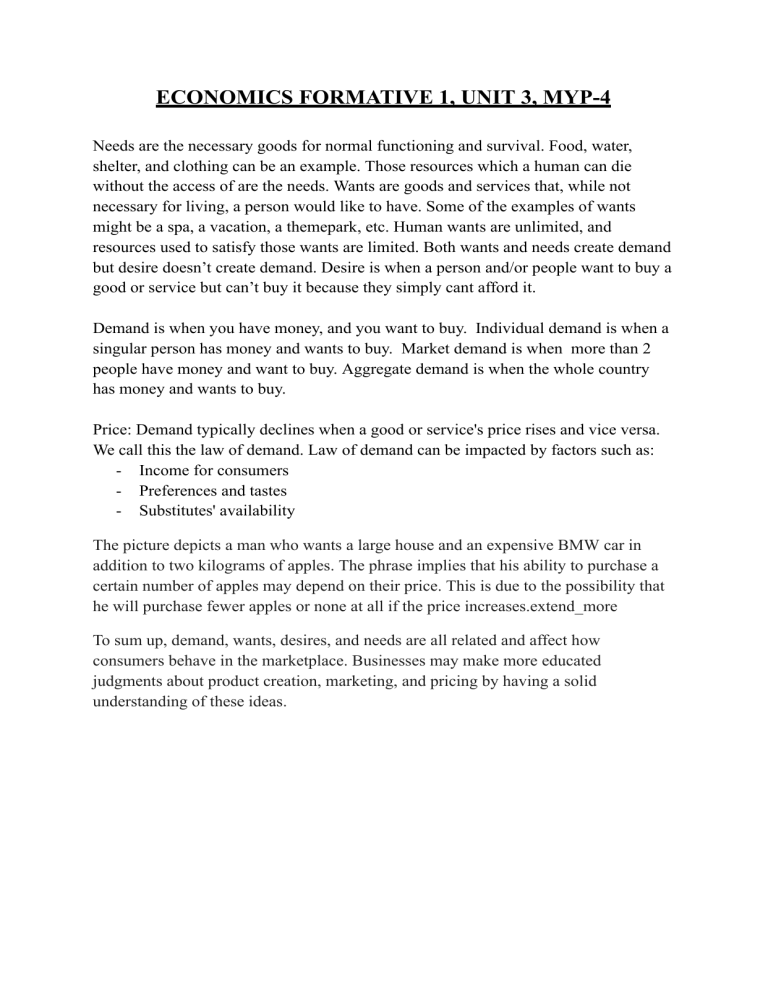
ECONOMICS FORMATIVE 1, UNIT 3, MYP-4 Needs are the necessary goods for normal functioning and survival. Food, water, shelter, and clothing can be an example. Those resources which a human can die without the access of are the needs. Wants are goods and services that, while not necessary for living, a person would like to have. Some of the examples of wants might be a spa, a vacation, a themepark, etc. Human wants are unlimited, and resources used to satisfy those wants are limited. Both wants and needs create demand but desire doesn’t create demand. Desire is when a person and/or people want to buy a good or service but can’t buy it because they simply cant afford it. Demand is when you have money, and you want to buy. Individual demand is when a singular person has money and wants to buy. Market demand is when more than 2 people have money and want to buy. Aggregate demand is when the whole country has money and wants to buy. Price: Demand typically declines when a good or service's price rises and vice versa. We call this the law of demand. Law of demand can be impacted by factors such as: - Income for consumers - Preferences and tastes - Substitutes' availability The picture depicts a man who wants a large house and an expensive BMW car in addition to two kilograms of apples. The phrase implies that his ability to purchase a certain number of apples may depend on their price. This is due to the possibility that he will purchase fewer apples or none at all if the price increases.extend_more To sum up, demand, wants, desires, and needs are all related and affect how consumers behave in the marketplace. Businesses may make more educated judgments about product creation, marketing, and pricing by having a solid understanding of these ideas.
